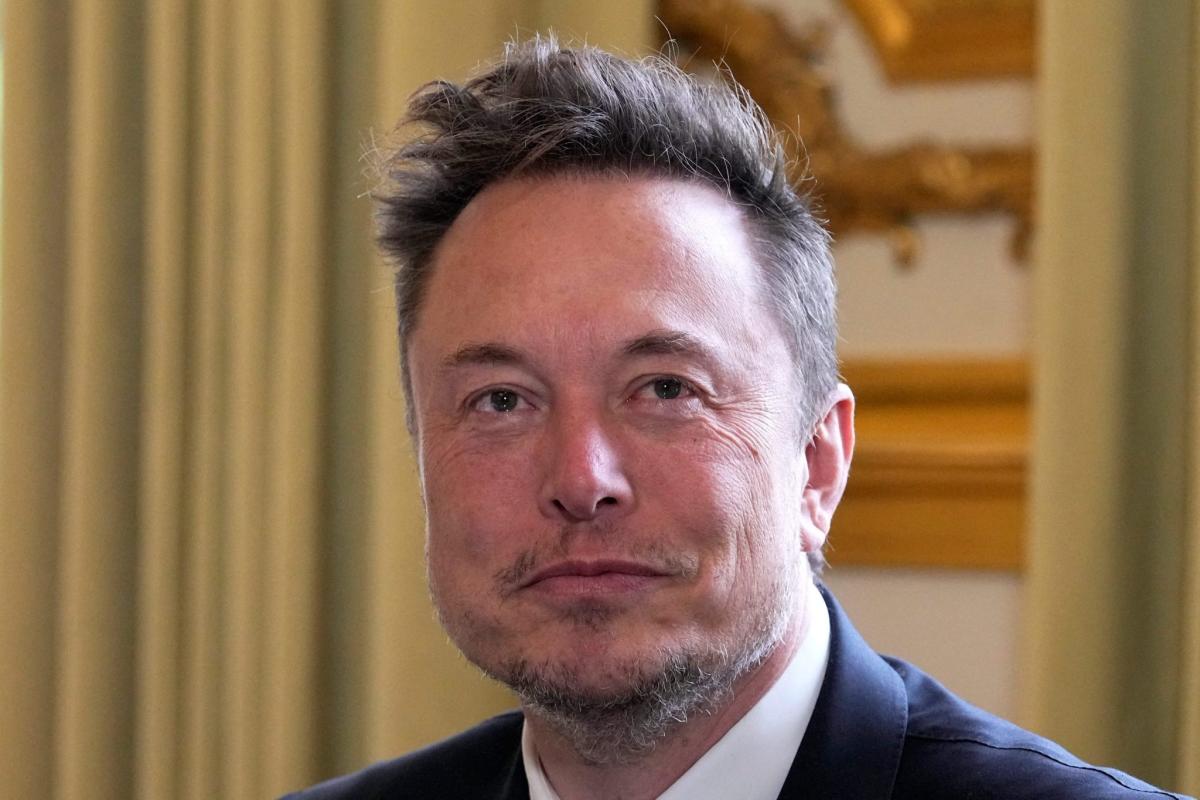Got the "Software Update Available" notice in my Model Y on Saturday morning. Installed the update, and voilà,
FSD beta 11.4.2 in da house! Also moved from the 2022.x branch to 2023.7.10 for the car O/S (I think this is important so standard autopilot can become a subset of the full FSD stack; We'll see soon I think, especially because of all the safety features such as collision avoidance).
So after installation, I put 350 km on the new FSD beta on Sat. afternoon+evening, mix of city** and highway w. an intercity trip, and I have this one takeaway:
Is Hella Good! Lot's of prior trouble spots addressed (ie: phantom braking); and new features such as a notable improvement in advance staging for routing via timely, appropriate lane selection.
This sucker thinks ahead now (up to a mile ahead for multiple required lane changes after merging on an expressway then exiting within a short distance). Great progress here!
To sum up, my 1st drive with FSD Beta v11.4.2 was smooth, comfortable, and confident. Thereby, my trip was relaxing and enjoyable. Dinner and a chauffeured sunset cruise on a beautiful Summer evening; it don't get better than that.

Thanks, Elon and the Tesla AP team.
Y'all Rock!
**did I mention that AEB prevented a full-frontal collision from an idiot's illegal u-turn within the 1st block on this trip? Yeah, that happened too! No problemo... for Beta!




